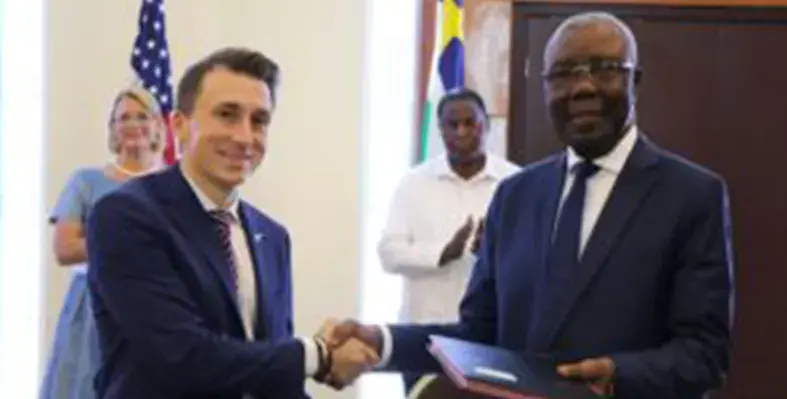The UN Capital Development Fund (UNCDF) booster teams aim to breach the rural frontier of digital financial services (DFS) in Uganda, to promote meaningful financial inclusion in the country
More than 75 per cent of Ugandans are employed in the agricultural sector – which accounts for 26 per cent of the nation’s GDP.
This demonstrates that poverty in Uganda was, and is, mainly rural-based. In order to promote meaningful financial inclusion, UNCDF understood that it needed to directly address the rural population, particularly farmers and other players in the agricultural value chain.
In the context of rural digital finance, the concept of a “booster team” is a dedicated team that supports one or several organisations to distribute their products and services to the last mile population. These products can range from financial services, energy products, digital and financial literacy content or any other service.
The booster teams are deployed to rural areas to simultaneously register customers, sell mobile handsets, recruit agents, educate value-chain stakeholders on the benefits of a digital payment ecosystem, and train users on the operation of a mobile phone and mobile money. The basic structure of a booster team is detailed in the report.
The pilot began in Uganda in 2018 and evolved organically through three main phases. The first phase involved market identification and preparation that aimed to locate areas with an economic anchor and prepare those areas for digital ecosystem growth. The second phase was a market storm. In this phase, it was important to work with community members, both rural actors and agents, to make sure they understood their role and that customers could grasp the benefits of a digital ecosystem. The third phase involved the push for sustainability with the aim to ensure the provider and other partners are profitably able to continue to reach difficult demographics with appropriate financial products. This phase helped UNCDF to analyse usage data and identify additional gaps and improve approaches for the hardest-to-reach demographics.
The pilot generated several learnings and insights that are shared in the report. The first is for all activities of the booster team to be nudged and not pushed. The team is there to build on existing systems and not fundamentally redesign infrastructure. For this to work, the provider must be sufficiently motivated to solve issues that teams may face. The second lesson learned is to recruit experienced talent within a developed digital ecosystem. The third is to make sure participating members of the booster team already have viable businesses running so that they do not have to rely initially on the revenues from the value chain and can use pre-existing revenue to invest in rural solutions as needed. The last insight is for providers to organize mobile money teams in different ways and to be open to adapt to the existing structure when technical experts design the booster teams.
This approach significantly increased penetration in rural areas. These hard-to-reach areas often have low population densities, poor roads and scattered economic activities. Nevertheless, UNCDF has made one of the most concerted efforts in the industry to determine what it takes to breach the rural frontier and to make sure no one is left behind in the digital era.






















